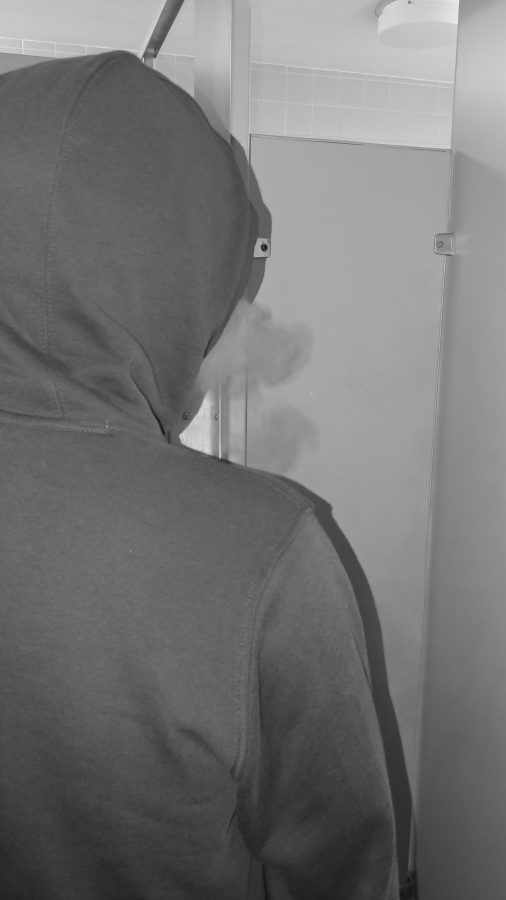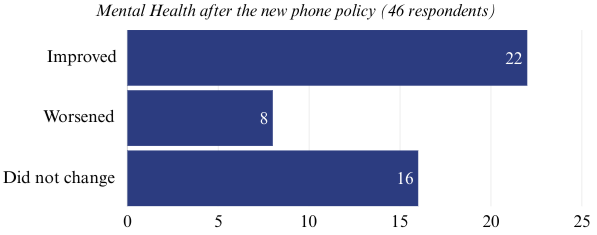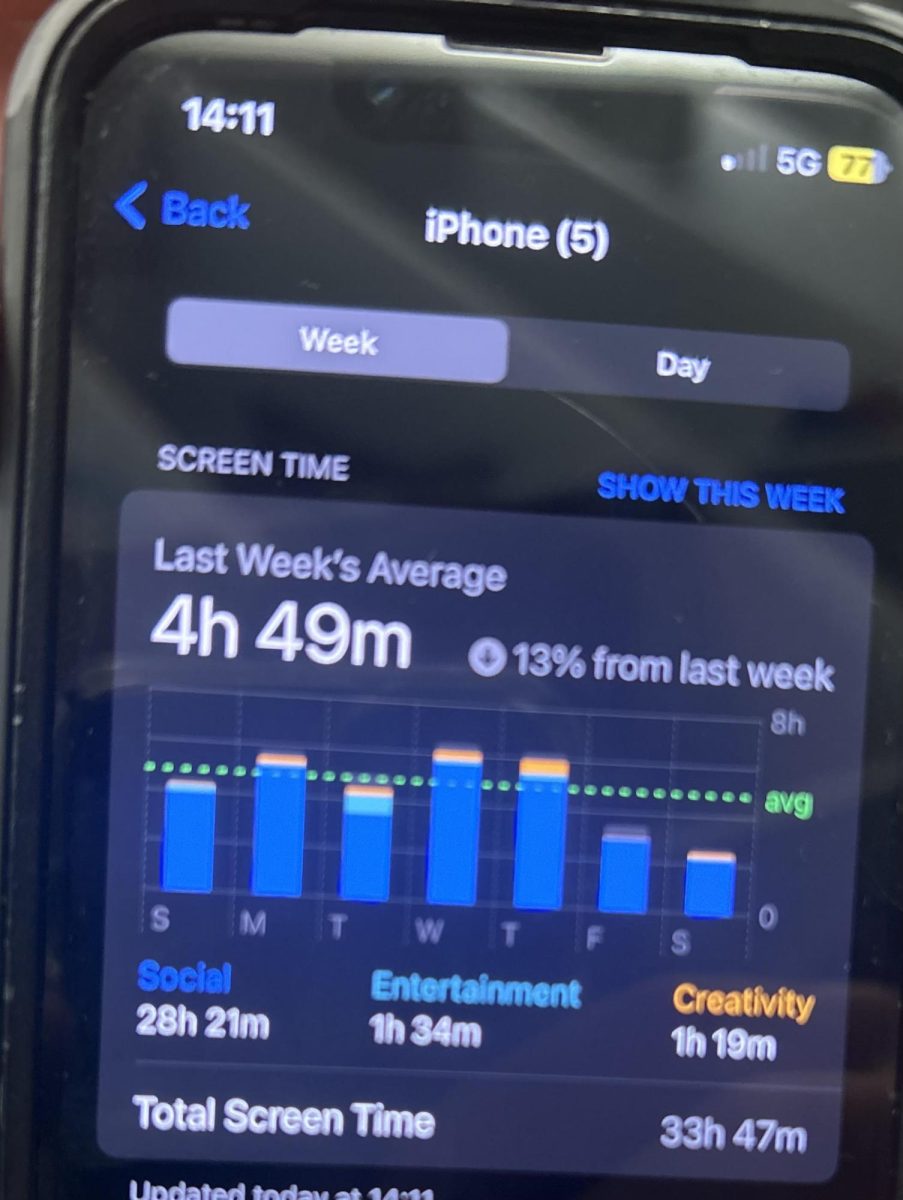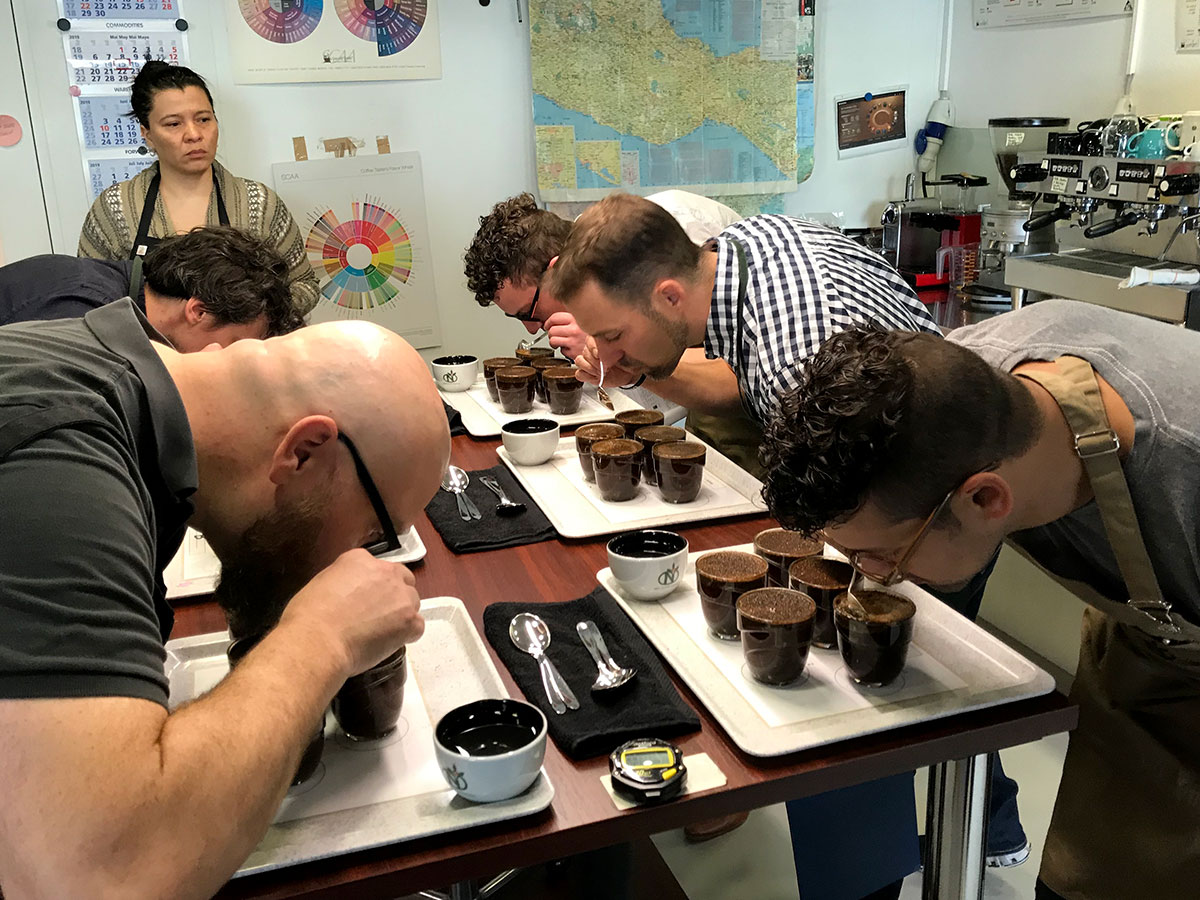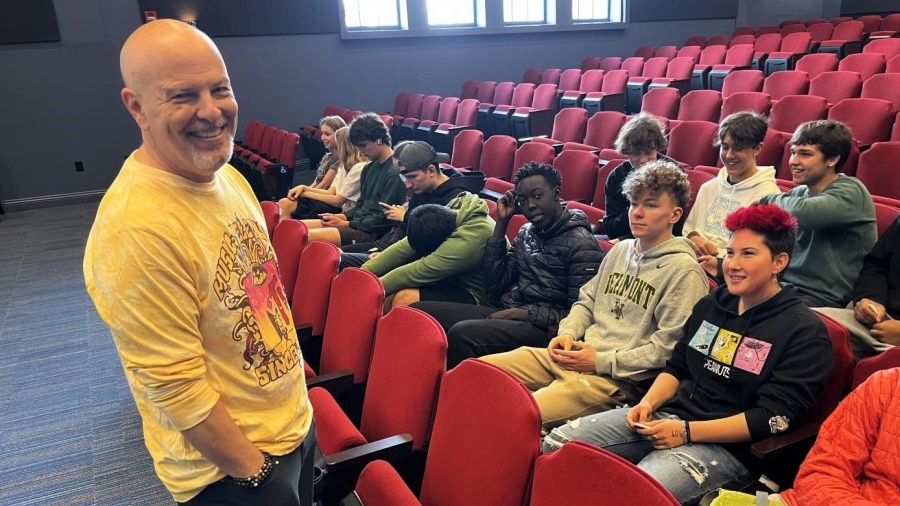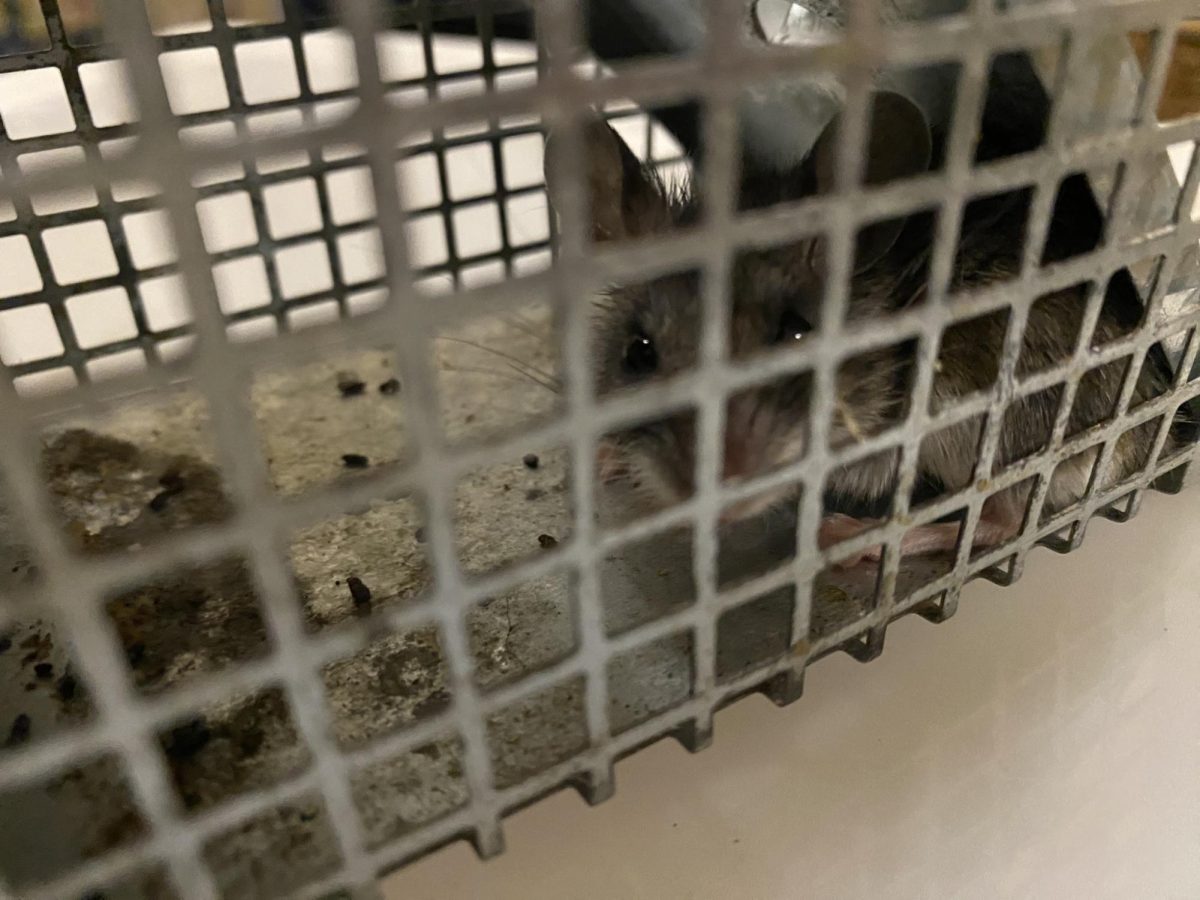by Sam Beste, Staff Writer
Disclaimer: All student names in this article were changed to protect their identity.
Smoking Cigarettes in the US is at an all time low, down 5 percent from 2005. Meanwhile, electronic vapor use is on the rise. The 2018 Vermont Youth Risk Behavior Surveillance(YRBS) reported that 12 percent of high school students had used electronic vaporizers 30 days before taking the survey with 15 percent of those users using daily.
Sally, a BHS junior, is one of those students.
“It started out as a social thing, but then it turned to addiction,” Sally said. She’s been addicted to the nicotine in her JUUL for three months.
Because vaporizers, like JUULs, are designed to help people quit smoking, they have very high nicotine levels. An average vaporizer contains anywhere between 3 and 24 milligrams (mg) of Nicotine per milliliter (ml) of liquid, while vapes like JUUL and Sourin contain up to 60 mg per milliliter. These products use nicotine salts, which decrease the delivery time of nicotine into the bloodstream.
| First Offense-Referral to the school’s Student Assistance Program Coordinator (SAPC) -Student must schedule a meeting with the school’s SAPC-Parent/guardian notification-Possible one day in school suspension |
| Second Offense-Referral to the school’s Student Assistance Program Coordinator (SAPC) -Student must schedule a meeting with the school’s SAPC-Parent/guardian notification-Student receives a one day suspension |
| Third Offense-Referral to the school’s Student Assistance Program Coordinator (SAPC) -Student must schedule a meeting with the school’s SAPC where therapeutic options will be discussed-Parent/guardian notification-Student receives a two day suspension-The parent/guardian must have a meeting with the school leadership team |
There is a general sentiment at Burlington High School (BHS) that vaping and juuling are a serious problem among students. The current BHS policy on nicotine use, including vaping and smoking, emphasizes helping kids over punishing them.
“We try to do what we can to convince students to seek help and to use therapists and counselors to try to get them to fill up their life with other things instead of this desire to vape,” Noel Green, BHS interim Principal, said.
The administration knows students using these products extends past the walls of BHS. One key resource for students is the Student Assistance Program Coordinator (SAPC), Michael Hill.
“(Michael Hill’s) role is to provide information. His role is to work with students one on one. He is there to give them information and someone to talk to in a confidential setting. He gives information to parents and kids about more intensive programs outside of school that helps kids deal with this kind of stuff,” Green said.
Hill is trying to find out the whys associated with nicotine use. He knows one of the biggest factors leading to nicotine use is teens struggling with coping with their everyday lives.
“One of the things I remember the most is at that stage of life you don’t really feel like you have control over anything, you don’t feel like a lot of people really listen to you or give you the credit you deserve or actually believe that you actually know a lot,” Hill said.

Hill says a big part of this system is making sure the young adult has someone they can talk to.
“It’s about engaging the young adult. It’s about expanding education. It’s about expanding [the student’s] community and that’s where I come in. Do you have someone you actually trust in the school? Do you actually have a support person you trust in the school? If it’s not me that’s fine, but let’s make sure you’re connecting with that person more,” Hill said.
Educating the school’s staff on how to identify these products is also a goal of the administration.
“We had a faculty meeting to focus specifically on vapes, their characteristics, how they’re easy to conceal, how there’s usually a fruity smell from the vapor. So we’ve been given directions on what to look for but not necessarily what actions to take as a teacher beyond reporting it,” Sean Fleming, a history teacher at the high school, said.
Because many students find bathrooms a easy place in the school to vape without getting caught, some teachers find that students are using bathroom breaks in class to get their nicotine fix.
“One time two weeks ago, late november a teacher told me ‘Oh there’s like nine boys in the bathroom you should go in there.’ The teacher was just passing through and since C building is my area of operation,I went in and there were around nine kids in there… as soon as I walked in they all clamored out,” Fleming said.
This is an awkward situation for teachers.
“Vapes are easy to conceal. When I walked in it’s not like I could smell cigarettes or marijuana because its not burning,” Fleming said.
It’s difficult for teachers to know what to do in these situations especially if multiple students are involved.
“I wasn’t going to shake everyone down but it was suspicious,” Fleming said.
Freddy, a BHS senior, is doubtful the school will influence the vaping habits of its students.
“The school telling a teenager not to do anything is not effective, and that’s just gonna result in them doing that,” Freddy said.
However, Freddy does see another source that could influence the habits of his peers.
“I think JUUL has been doing a good job on their social media; they’ve been blocking a lot of underage followers and posting about it,” Freddy said.”That’s a source students are going to respect rather than having a sign up in the bathroom saying it’s not cool to JUUL.”

Still, for many BHS students, JUULing really isn’t cool; it makes them uncomfortable.
“My experience with students using JUULs in school is a distraction to my education,” Jessica, a sophomore, said. “Typically when I walk into any bathroom I see groups of students using them.”
While not all students are annoyed by the vaping hordes in the bathroom, they agree it is a poor choice healthwise.
“I don’t vape and …vaping hasn’t been a distraction for my education,” Freddy said. “I definitely think that it’s just an issue healthwise.”
Electronic Vaporizers heat up E-Juice, a liquid with nicotine in it that typically contains a flavor, to turn it into an aerosol that can be inhaled. “Vaping” is sold as an alternative for smoking, as it does not contain many of the harmful chemicals in tobacco and doesn’t come with the carcinogens involved in combustion. While this sounds enticing, what companies fail to tell students is that vaping still contains many chemicals that are as of yet untested.
“I don’t think I can say that they shouldn’t [vape] because it’s their lives,” Freddy said. “But I think it’s important for them to know the risks.”
The contents of E-juice are not regulated like normal consumer products, there are therefore could contain harmful contaminants.Their long term effects are unknown.
“I’ve noticed my breathing has gotten a lot worse,” Sally said. “I don’t really know how it’s going to affect me in the long term because there isn’t much research on it.”
The effect of Nicotine on the developing brain is a major concern for researchers. The developmental stage of the teenage brain is when it is most likely to become dependent on a substance.
Sally usually spends ten to fifteen dollars a week on her addiction.
“There’s not much justification for [my addiction] besides [that] the school is super boring and it makes it funny and fun,” Sally said.
Article originally printed in The Register December 20, 2018



